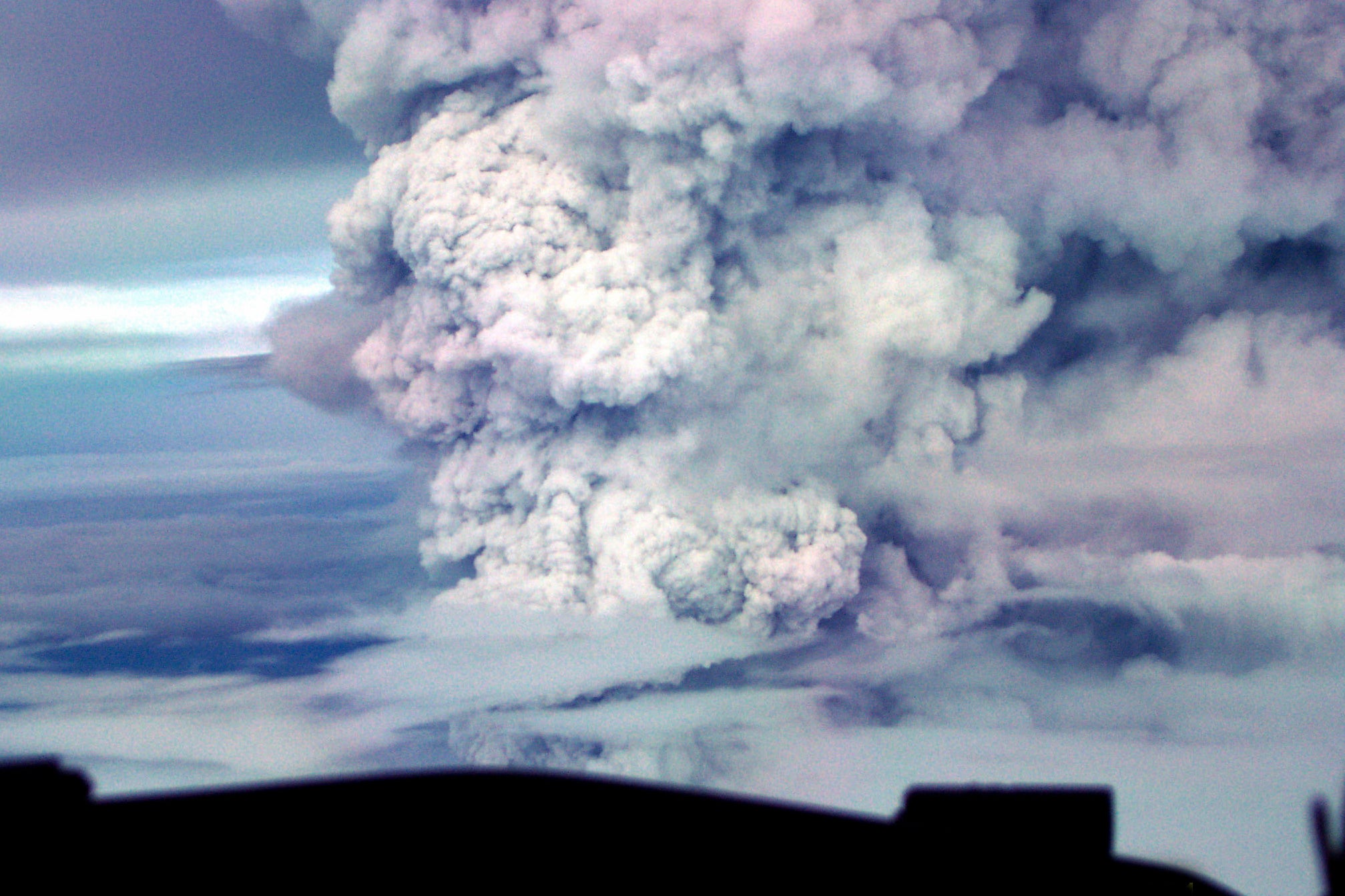Alert level downgraded for Papua New Guinea's tallest volcano
Authorities are downgrading the alert level for Papua New Guinea’s tallest volcano and ruled out a tsunami one day after Mount Ulawun erupted, spewing smoke as high as 15 kilometers, or more than nine miles into the sky

Your support helps us to tell the story
From reproductive rights to climate change to Big Tech, The Independent is on the ground when the story is developing. Whether it's investigating the financials of Elon Musk's pro-Trump PAC or producing our latest documentary, 'The A Word', which shines a light on the American women fighting for reproductive rights, we know how important it is to parse out the facts from the messaging.
At such a critical moment in US history, we need reporters on the ground. Your donation allows us to keep sending journalists to speak to both sides of the story.
The Independent is trusted by Americans across the entire political spectrum. And unlike many other quality news outlets, we choose not to lock Americans out of our reporting and analysis with paywalls. We believe quality journalism should be available to everyone, paid for by those who can afford it.
Your support makes all the difference.Papua New Guinea’s tallest volcano had its alert level reduced Tuesday and a tsunami was ruled out one day after Mount Ulawun erupted, spewing smoke as high as 15 kilometers (50,000 feet) into the sky.
One of the South Pacific nation’s most active volcanoes, Ulawun erupted on Monday afternoon, placing regional neighbors, including Japan temporarily, on tsunami alert.
The alert level for the volcano on the northeastern island of New Britain was downgraded by Papua New Guinea’s Geohazards Management Division to Stage 3, which means a “moderate-to-strong eruption.” The division rated the tsunami risk in a bulletin at “nil.”
The organization had on Monday elevated it to Stage 4 which in Papua New Guinea’s four-tier scale indicates a “very strong eruption.”
But the volcano, which stands 2,334 meters (7,657 feet) above sea level, remained active and the eruption could continue indefinitely, the division said.
The Volcanic Ash Advisory Center in Darwin, Australia, reported volcanic smoke rising as high as 15,000 meters (50,000 feet) on Monday.
The division reported the ash plume rising at least 5,000 meters (16,000 feet) on Tuesday before becoming lost in atmospheric cloud.
The division said airborne ash could travel long distances and effect aviation services. A thick ash cloud extended tens of kilometers (miles) to the northwest of the volcano.
The Civil Aviation Safety Authority, the nation’s industry regulator, did not immediately respond to an email asking if air travel was being effected.
The nearest large town is Bialla, which is established among oil palm plantations on Ulawun’s slopes 47 kilometers (29 miles) to the southwest, the division said. Hargy Oil Palm Ltd., a company based in Bialla, did not immediately respond to an email request for comment.
The division said heavy coatings of black ash were causing leaves to droop in oil palm plantations near the volcano and were as accumulating on roofs.
A resident of the provincial capital of Kimbe, about 200 kilometers (124 miles) further west, said on Tuesday she was unaware of the eruption because of the distance.
Papua New Guinea sits on the Pacific “Ring of Fire,” the arc of seismic faults around the Pacific Ocean where much of the world’s earthquake and volcanic activity occurs. Ulawun has repeatedly erupted since 1700s, and had a last major eruption in 2019 when more than 5,000 people were evacuated.
The division said there we no known casualties from Ulawun’s history of eruptions.
But major impacts in terms of population displacement, infrastructure damage and disruption to services were common, the division said.